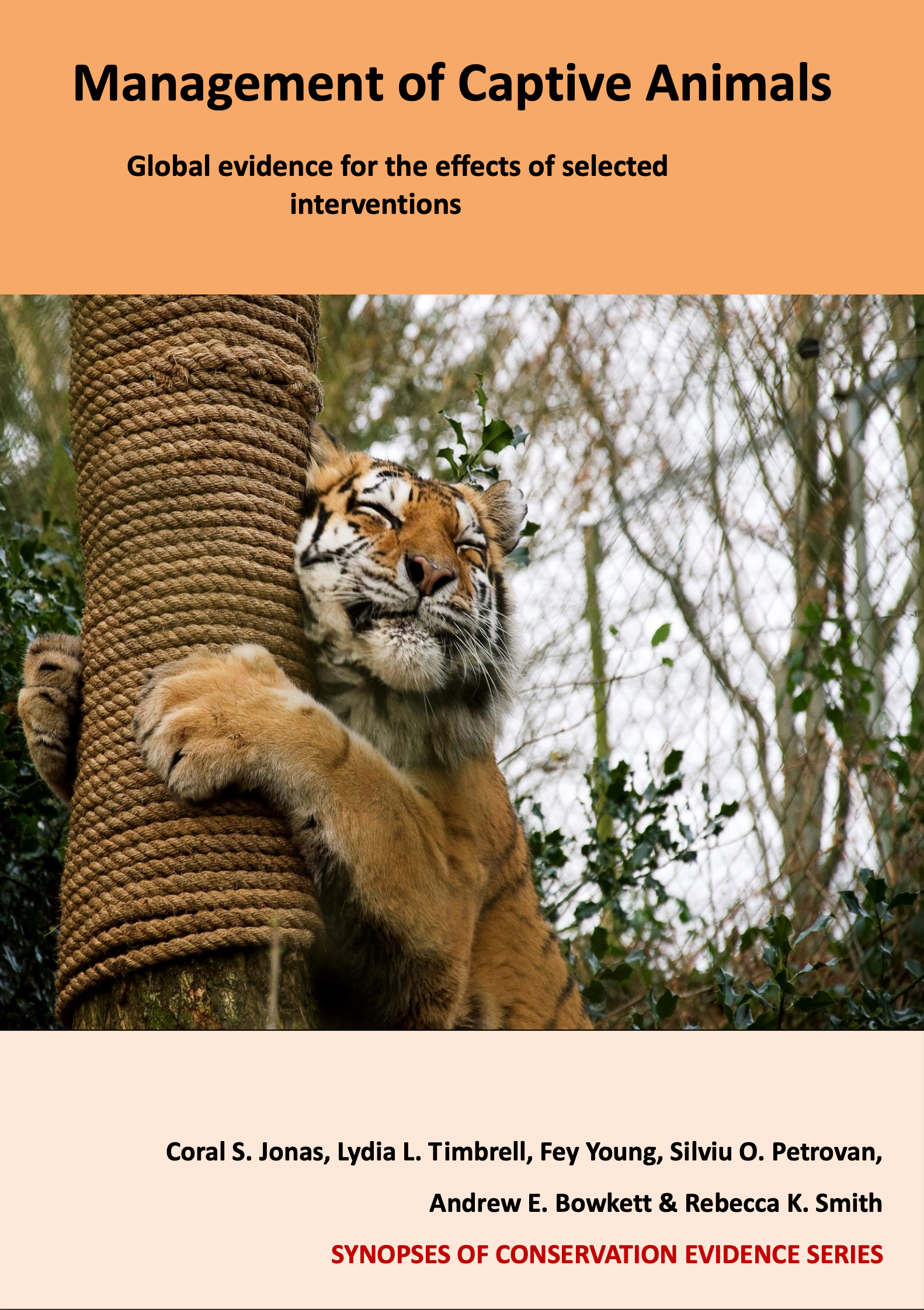Primates: Feed individuals in social groups
-
Overall effectiveness category Trade-off between benefit and harms
-
Number of studies: 2
View assessment score
Hide assessment score
How is the evidence assessed?
-
Effectiveness
60% -
Certainty
50% -
Harms
25%
Study locations
Supporting evidence from individual studies
A before-and-after study in 1998 in Italy (Visalberghi et al. 1998) found that capuchins Cebus apella ate more unfamiliar foods when they first encountered them if they were in the presence of their groupmates than if they encountered them when alone. The average number of food samples the capuchins ate averaged six as individuals, but 15 in a social condition. After the first encounter, consumption of the unfamiliar foods became equivalent to when they encountered the food alone. Capuchins were presented with eight novel food types in one of two conditions: individual and social. Each animal received four food types individually and another four with groupmates. (CJ)
Study and other actions testedA replicated, controlled study in 2009 in the USA (Dindo et al. 2009) reported that completion of an enrichment food task by capuchin monkeys Cebus apella took less time in social situations than when feeding alone, although no statistical tests were carried out. Monkeys with another nearby completed the trial three times faster (100 seconds) than solo monkeys (373 seconds). In each of two groups, 12 of 24 monkeys were randomly assigned to the solo condition and 12 to the social condition. One monkey was in the left side of the test chamber, and either the right remained empty (solo condition), or contained a second monkey with a cup of cereal and peanut butter (social condition). Each left-hand monkey was given food in a clear 28cm square box with a protruding wheel to turn, aligning a hole with a chute that released food into a cup. Each test was measured as the number of seconds it took from presentation of the apparatus to completion of 20 attempts. (CJ)
Study and other actions tested
Where has this evidence come from?
List of journals searched by synopsis
All the journals searched for all synopses
This Action forms part of the Action Synopsis:
Management of Captive Animals
Management of Captive Animals - Published 2018
Captive Animal Synopsis





)_2023.JPG)














